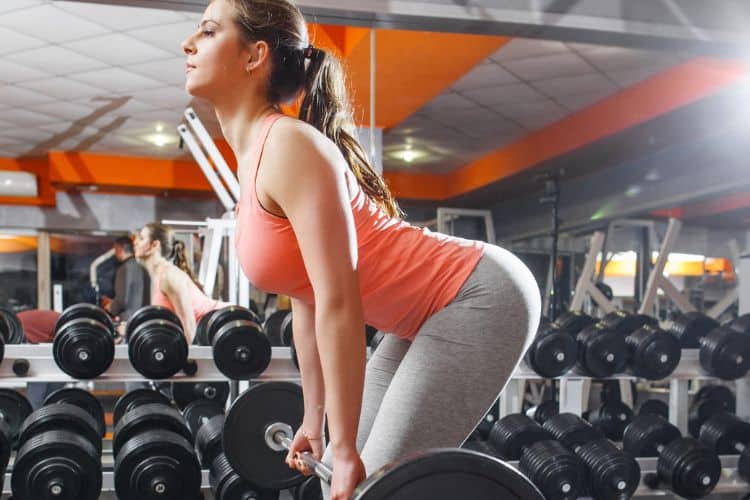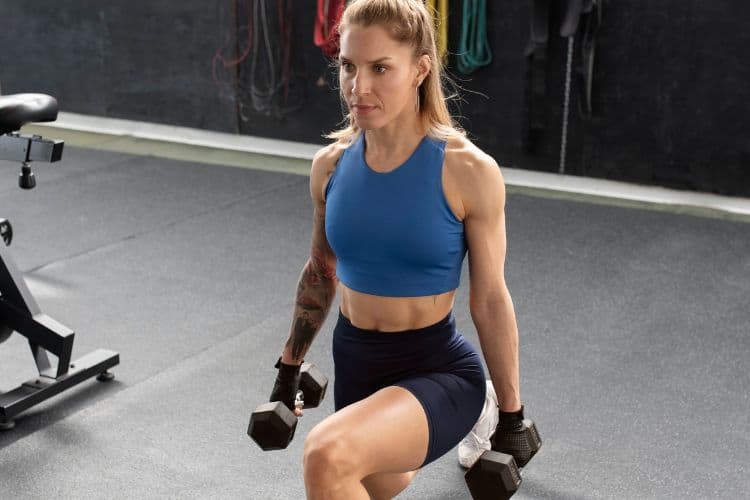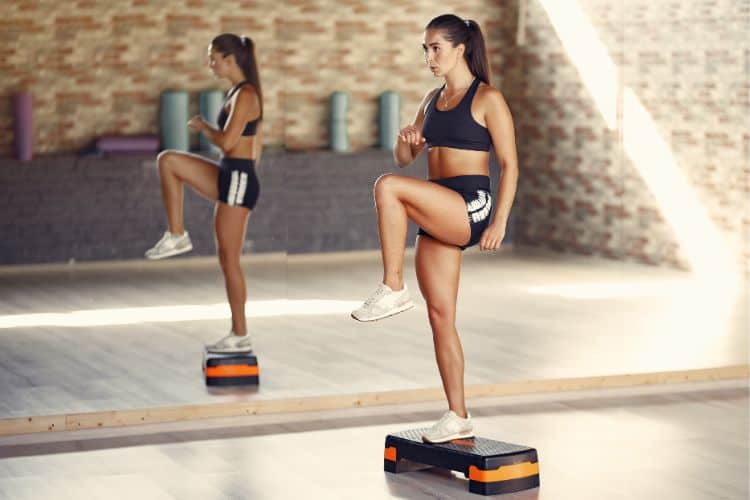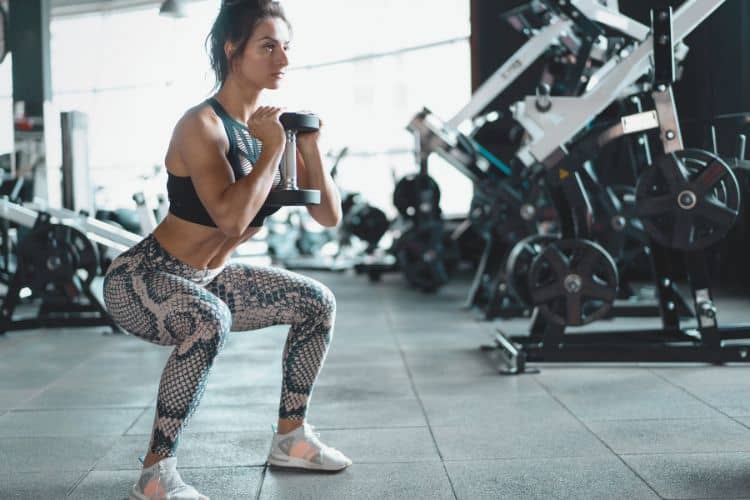Sign up for workout ideas, training advice, reviews of the latest gear and more.






Fitness isn’t just about having a toned physique or achieving aesthetic goals. For women in today’s dynamic world, it’s also about cultivating strength, flexibility, and endurance to handle everyday tasks with ease. This is where functional workouts come into play. Designed to mimic the motions we make in daily life, functional exercises make routine activities like lifting, bending, or even climbing stairs feel easier. Below, we delve deep into the world of functional workouts, focusing on the best exercises tailored for women.
Functional training originated from rehabilitation exercises, aiming to restore patients to their former physical abilities. For the everyday woman, this translates to improving daily movements, whether that’s carrying groceries, picking up children, or even simple tasks like standing from a seated position. Unlike isolated gym exercises, which often target a single muscle group, functional workouts engage multiple muscles, making the body work in harmony.
Squats: Not just for toning thighs and glutes! Squats mimic the action of sitting and standing, targeting the quads, hamstrings, glutes, and core. Proper form is key: ensure your knees don’t go past your toes and keep your back straight.
Push-ups: More than an arm workout, push-ups engage the chest, shoulders, triceps, and core. Modify with knee push-ups or incline push-ups if you’re a beginner.
Lunges: Stepping forward or backward in a lunge mirrors climbing stairs or stepping up onto a curb. They target the quads, hamstrings, and glutes.
Deadlifts: Perfect for safely lifting heavy objects from the ground, deadlifts work the glutes, hamstrings, lower back, and core.
Planks: Strengthen your entire core (front and back) with planks. Modify by resting on your knees or trying side planks to target the obliques.
Rows: Whether using a resistance band, dumbbells, or a barbell, rows replicate the motion of pulling something towards you. They target the back, shoulders, and biceps.
Step-ups: Utilize a bench or a sturdy platform. Step-ups simulate climbing stairs and help build strength in the quads, hamstrings, and glutes.
While many functional exercises require minimal equipment, adding weights or resistance bands can intensify the workout. Dumbbells, kettlebells, stability balls, and resistance bands are excellent tools. For instance, using a kettlebell with squats or lunges can boost the challenge and benefits of the exercise.
Apart from strengthening the muscles required for everyday tasks, functional training offers additional benefits for women:
Bone Health: As women are more prone to osteoporosis, weight-bearing functional exercises can help increase bone density.
Improved Posture: With a stronger core and back, you’ll stand taller and reduce the strain on your spine.
Enhanced Balance and Stability: Functional workouts train the body to move harmoniously, improving balance and reducing the risk of falls.
Flexibility: By engaging multiple muscle groups, these workouts naturally encourage a wider range of motion.
Start with a warm-up, incorporating dynamic stretches like arm circles, leg swings, or torso twists. Choose 4-6 functional exercises from the list above, performing each for 12-15 repetitions and 2-3 sets. Conclude with a cool-down, stretching the major muscle groups you’ve worked.
Remember, it’s essential to maintain proper form to prevent injury and reap the most benefits. As your strength and endurance build, adjust the weight, repetitions, or intensity to continue challenging yourself.
Functional workouts have garnered significant attention in recent years, especially among women. As we’ve already highlighted the foundational aspects of functional training, let’s delve deeper into the science behind it and how to optimize results.
At the core of functional workouts lies the principle of training the body for activities performed in daily life. From a biomechanical perspective, functional exercises emphasize the body’s natural movement patterns, known as kinetic chains. By focusing on these kinetic chains, functional training strengthens the interconnectedness of muscles, bones, and joints, ensuring a balanced distribution of force and reducing the risk of injury.
Neuromuscular Activation: Functional exercises demand a high level of neuromuscular activation. This means that the brain and muscles work in tandem, reinforcing muscle memory for daily tasks. Over time, this neuromuscular coordination enhances not just strength but also agility and reaction time.
For women, life is marked by various phases, each with its unique physical challenges. By tailoring functional workouts to these phases, women can optimize their fitness journey.
1. Pregnancy and Post-partum: Functional training during pregnancy can aid in easier childbirth and quicker post-partum recovery. Gentle squats can prepare the body for labor, while core exercises, modified for safety, can help regain abdominal strength post-delivery.
2. Menopause: As estrogen levels drop, women might experience reduced bone density and muscle mass. Weight-bearing functional exercises can combat these challenges, promoting stronger bones and preserving muscle tone.
Workouts are just half the equation. Nutrition plays a pivotal role in enhancing the benefits of functional training. To sustain energy and repair muscles:
Protein: Incorporate lean proteins like chicken, fish, tofu, and legumes. They play a vital role in muscle repair and growth.
Carbohydrates: Choose complex carbs like whole grains, fruits, and vegetables. They provide sustained energy, ensuring you can push through your workouts.
Healthy Fats: Avocados, nuts, seeds, and olive oil offer essential fatty acids, promoting joint health and reducing inflammation.
Hydration: Muscles function best when they’re well-hydrated. Drink plenty of water throughout the day, especially before and after workouts.
Integrating mindfulness into your functional workout routine can amplify results. Being present during each exercise enhances neuromuscular coordination, ensuring optimal muscle engagement. Techniques like deep breathing, visualization, or even integrating yoga poses can elevate the mind-body connection.
It’s crucial to remain inspired on your functional fitness journey. Here’s how:
Set Clear Goals: Whether it’s lifting a particular weight, achieving a specific yoga pose, or simply feeling more energetic, define what you want from your workouts.
Celebrate Milestones: Did you manage more push-ups than last week? Celebrate it! Recognizing small achievements boosts motivation.
Mix It Up: Incorporate different exercises or tools, like resistance bands, stability balls, or TRX, to keep things fresh and challenging.
Stay Accountable: Join a class, find a workout buddy, or maintain a fitness journal. Having someone or something to answer to can be a significant motivator.
Functional workouts, while rooted in simplicity, have layers of depth and nuance that can be explored. Women, irrespective of age or fitness level, can immensely benefit from this holistic approach to exercise. As you embrace the intricate dance of strength, flexibility, nutrition, and mindfulness, you’re not just preparing for everyday tasks but also for a healthier, more empowered life. Dive deeper, push harder, and let functional training be your guide to a balanced, robust, and harmonious existence.
Stay up to date on the latest women’s health, fitness and lifestyle trends and tips.